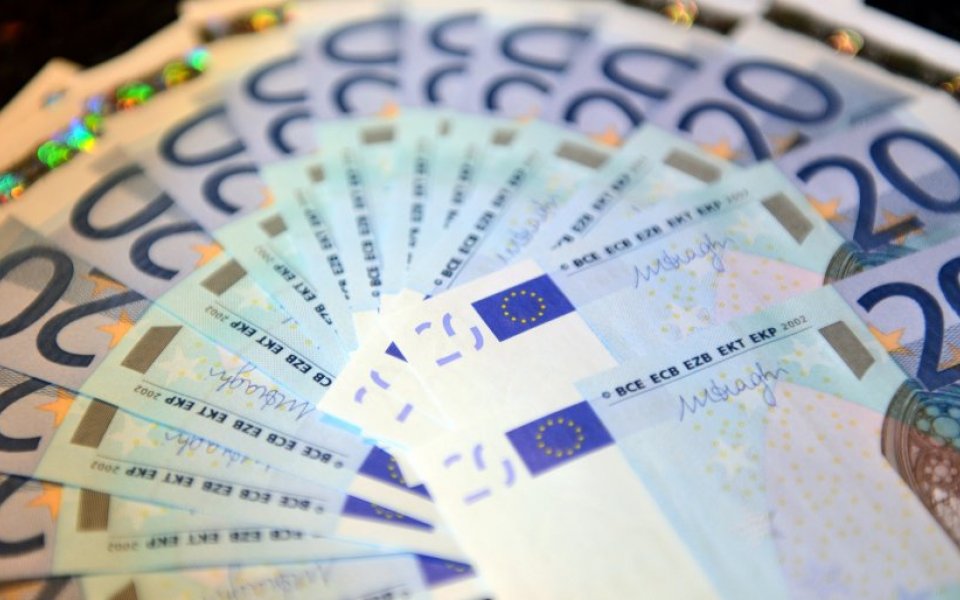Eurozone money supply hits second-fastest growth rate since 2009 in October

The Eurozone’s money supply grew at its second fastest rate since 2009 in October, according to figures released today by the European Central Bank (ECB).
Lending to the private sector expanded at its joint quickest rate since 2012.
The Eurozone’s M3 money supply, which adds up the notes, coins and bank deposits held by Eurozone consumers and businesses, increased 5.3 per cent in October compared with the same month last year.
Money supply growth has been boosted by the ECB’s €1.1 trillion (£780bn) quantitative easing programme, but was also beginning gaining traction in the run up to its launch.
There was €10.8 trillion euros in circulation in the Eurozone at the end of last month, the ECB said.
Bank lending to the private sector increased one per cent in October.
Despite the improvement in the Eurozone’s financial conditions, economists are still betting there will be an expansion of the QE programme at the ECB’s meeting next Thursday. The ECB is concerned by persistently low inflation – it was 0.1 per cent in October, well below the central bank’s two per cent target.
Economist Jack Allen from Capital Economics said the growth in the money supply “is still slow by past standards and suggests that the ECB might struggle to hit its inflation target."
"M3 growth has been broadly flat since QE began in March and is consistent with core inflation of around 1.5 per cent – below the ECB’s target for the headline rate."